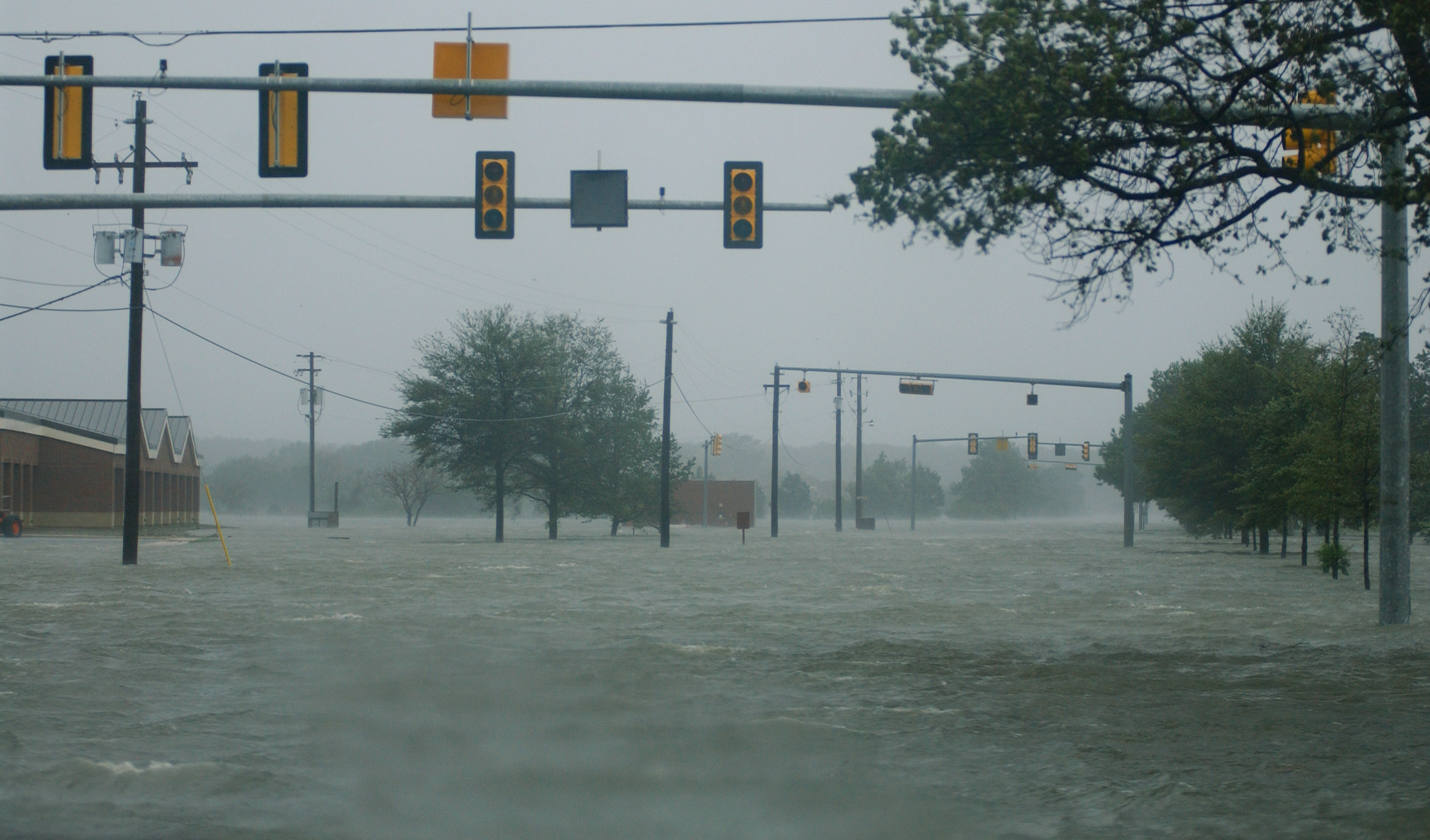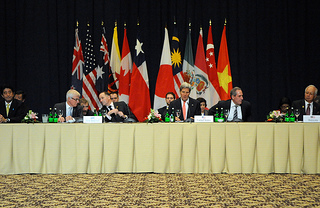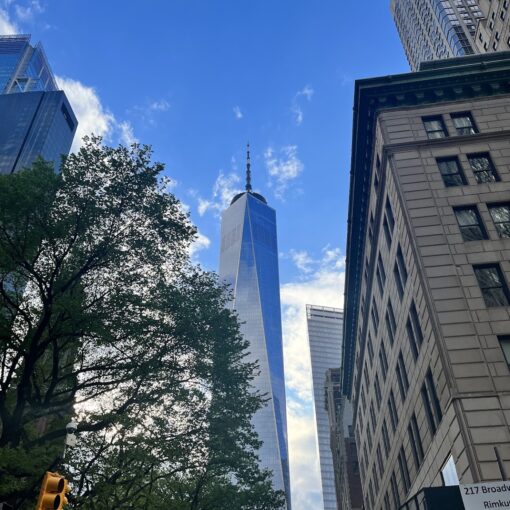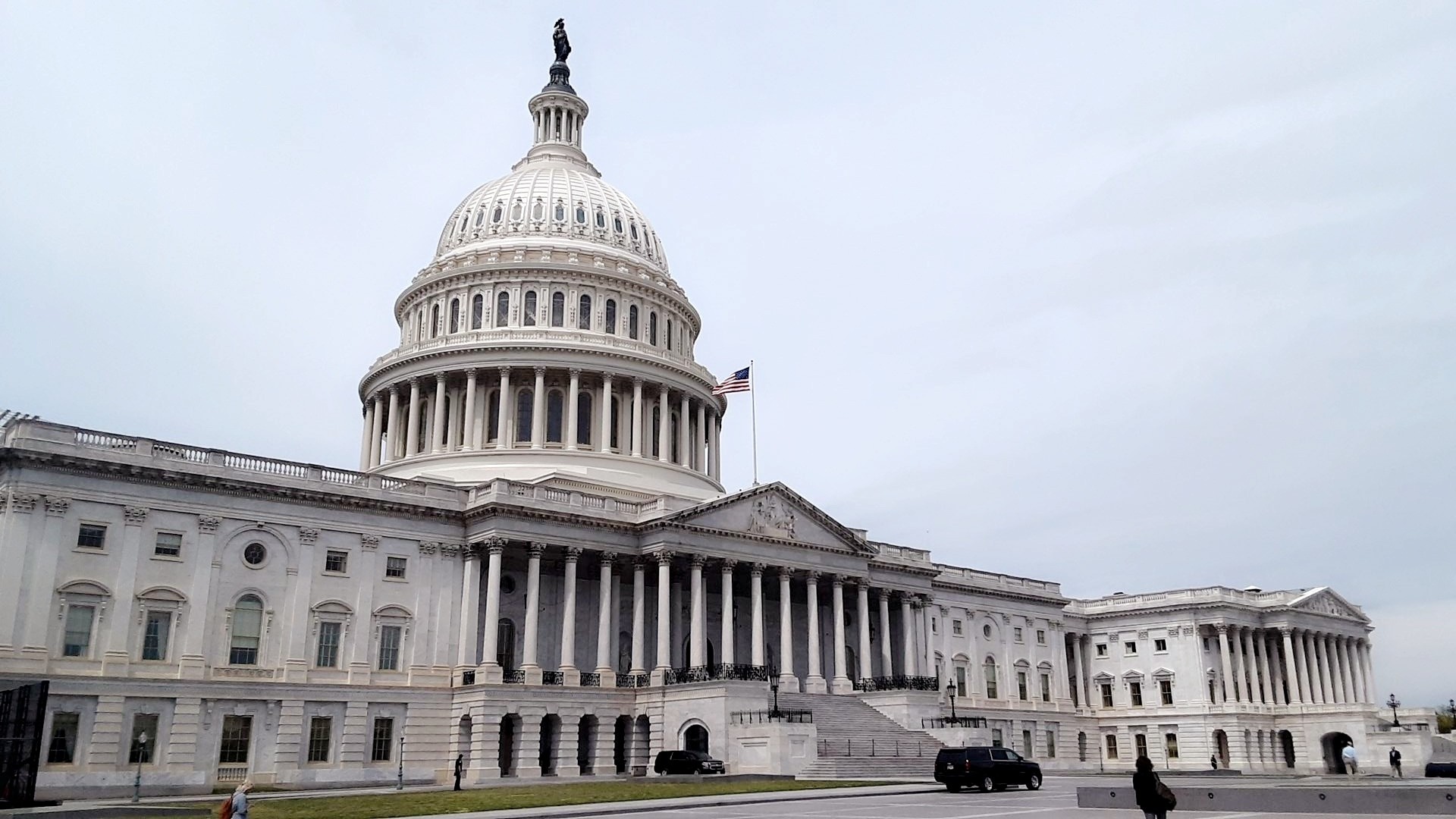by Bradford McCormick and Hannah Chang
The recently-released discussion draft of the Kerry-Lieberman bill (KL), officially titled the American Power Act, contains numerous provisions that affect the role of states in addressing climate change as well as the Environmental Protection Agency’s (EPA) authority under the Clean Air Act (CAA). Preemption has been the subject of intense debate and speculation since the passage of the Waxman-Markey climate bill (WM) in June 2009, and commentators have questioned whether KL’s preemption measures would (and should) have the effect of “a scalpel or a sledgehammer” on existing state and EPA authority.
CCCL has issued a working paper, available here, that summarizes KL’s preemption and alteration of state climate change regulatory authority and EPA authority to regulate GHG emissions under the Clean Air Act. The paper finds that KL’s preemption of state and Clean Air Act authority is very similar to, although a bit broader than, preemption provisions under WM. KL preempts the same CAA authority as WM, but adds ocean acidification as a reason for which EPA may not regulate GHGs under the specified CAA provisions. Additionally, KL does not time limit its preemption of state cap-and-trade programs as WM does, although KL does make an effort to consult with and award early action among the states. As for additions and amendments to the Clean Air Act, KL gives substantial new authority to EPA under the new Title VII and Title VIII and amendments to Title VI. At the same time, KL, like WM, fails to grant meaningful new CAA authority in important areas such as black carbon mitigation and retirement of existing coal-fired power plants.
In sum, KL preempts or effectively disables:
- State cap-and-trade programs
- Regional programs based on state cap-and-trade-programs, such as the Regional Greenhouse Gas Initiative (RGGI) and the Western Climate Initiative (WCI) (although certain allowances issued under these programs could be transferred into the federal system)
- Promulgation of National Ambient Air Quality Standards for GHGs
- Use of Prevention of Significant Deterioration (PSD), Hazardous Air Pollutants, International Air Pollutants, and Title V programs to regulate GHGs
- EPA’s PSD and Title V Greenhouse Gas Tailoring Rule is consequently rendered almost entirely irrelevant. KL’s amendment to PSD means that PSD will not apply to a facility on the basis of that facility’s emissions of GHGs, so the threshold set by the Tailoring Rule will not matter. The Tailoring Rule may still have some limited effect with respect to Title V. The KL language amending Title V indicates that a facility that only emits GHGs will not be required to obtain an operating permit, but a facility that emits another air pollutant covered by the CAA in addition to GHGs may be required to address those GHGs in its Title V operating permit.
- Establishment of New Source Performance Standards for GHG emissions from a capped source unless EPA finds the standard appropriate to address non-climate change-related effects.
KL does not preempt:
- State regulation of GHGs through means other than cap-and-trade
- Limited applications of NSPS. EPA may use NSPS for uncapped sources, but before 2020, it may not apply NSPS to an uncapped source that qualifies as an offset project. Additionally, KL provides for development of performance standards for new coal-fired power plants under the new Title VIII of the CAA.
- EPA’s recently finalized Light-Duty Vehicle Greenhouse Gas Emissions Standards.
KL creates several new Clean Air Act programs to regulate GHGs, primarily through a federal cap-and-trade system and including a phase-down of the consumption and importation of hydrofluorocarbons.
KL calls for amendment to the existing Mandatory GHG Reporting Rule.




